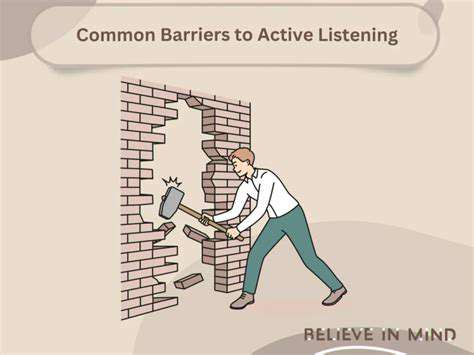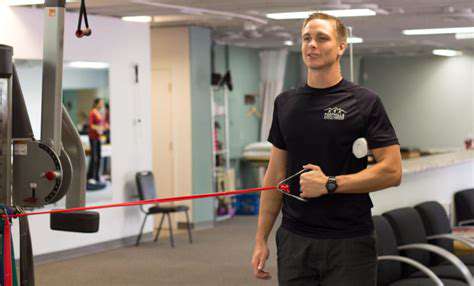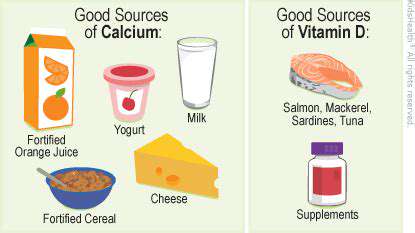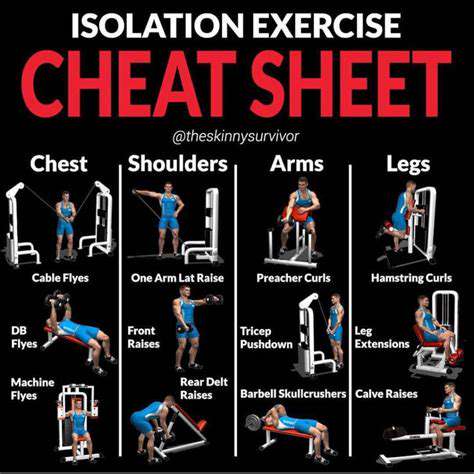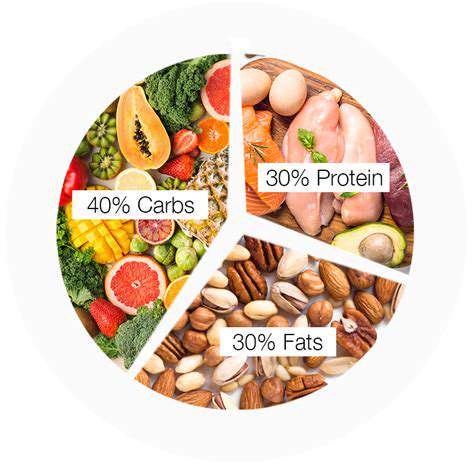Best Exercises for Building Strong Calves
Warm-up Routine
Before diving into any calf-building exercises, a proper warm-up is crucial for injury prevention and maximizing performance. A dynamic warm-up, lasting 5-10 minutes, should include movements that target the calf muscles, such as calf raises on a slightly elevated surface, walking heel-toe drills, and ankle circles. This prepares the muscles for the workout and increases blood flow to the area, promoting better muscle activation and reducing the risk of strains or tears.
Gradually increasing the intensity of the warm-up is important. Start with lighter movements and gradually increase the range of motion and the number of repetitions as you become more warmed up. This will help to prime your muscles for the workout and prevent any potential injuries.
Standing Calf Raises
This classic exercise is a staple for targeting the gastrocnemius muscle, the larger muscle in the calf. Stand with your feet shoulder-width apart, holding onto a sturdy surface for balance if needed. Raise up onto the balls of your feet, squeezing your calves at the top of the movement. Lower slowly back down, controlling the negative portion of the exercise. Performing sets of 10-15 repetitions with proper form is essential for effective muscle engagement.
Seated Calf Raises
Seated calf raises provide a slightly different stimulus than standing calf raises, focusing more on the soleus muscle, which lies underneath the gastrocnemius. Sit on a bench with your feet flat on the floor, and lift up onto the balls of your feet. Squeeze your calves at the top of the movement, and lower slowly back down. Aim for 12-15 repetitions per set for optimal results.
Elevated Calf Raises
Elevating your feet during calf raises increases the range of motion and the intensity of the exercise. Place your feet on a slightly elevated surface, such as a platform or a step. Perform calf raises as you would in a standard calf raise exercise, focusing on squeezing your calves at the top of each repetition. This variation challenges the muscles more, leading to greater growth and strength gains.
Jump Rope Calf Raises
Integrating jump rope into your calf-building routine adds an element of cardio and plyometrics, further enhancing muscle activation. While jumping rope, focus on the controlled upward motion of your calf raise. This exercise is more dynamic and requires more effort compared to static exercises like standing calf raises.
Calf Raises with Resistance
Adding resistance to calf raises significantly increases the challenge and promotes greater muscle growth. Use resistance bands or weights to increase the load on your calves during the exercise. Choose a resistance level that allows you to maintain proper form while performing 8-12 repetitions per set. This variation is particularly effective for individuals looking to push their calf development further.
Cool-down and Stretching
Following your calf-building workout, a cool-down and stretching routine is just as important as the warm-up. Hold stretches targeting the calf muscles, such as the standing calf stretch and the seated hamstring stretch, for 20-30 seconds each. This helps to reduce muscle soreness, improve flexibility, and promote recovery. Remember to maintain proper form throughout the stretching process to avoid injury.
Providing constructive feedback is crucial for personal and professional growth. It's not just about pointing out flaws; it's about offering specific, actionable insights that empower others to improve. Clear and concise feedback fosters understanding and encourages positive change. This involves focusing on specific behaviors or actions rather than making broad, general statements.
Progressive Overload and Recovery
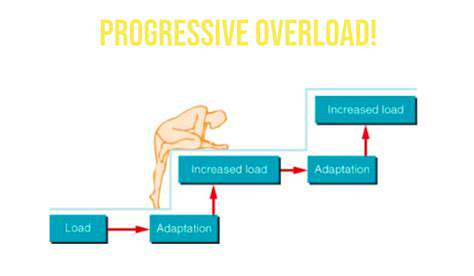
Understanding Progressive Overload
Progressive overload is a fundamental principle in training, emphasizing the gradual increase in training stress over time to stimulate adaptation and improve fitness. This involves systematically increasing the demands placed on the body, whether that's lifting heavier weights, running further distances, or performing more repetitions. This gradual increase is crucial; sudden, excessive increases can lead to injury and hinder progress. It's essential to listen to your body and adjust the intensity and volume of your workouts as needed.
A key aspect of progressive overload is understanding the specific adaptations to imposed demands (SAID). This principle highlights how the body adapts specifically to the type of stress placed upon it. For example, lifting weights will primarily improve strength, while running will improve cardiovascular endurance. Careful consideration of SAID is vital for achieving targeted fitness goals.
Importance of Recovery
Recovery is just as important as the workout itself. It's during rest and recovery periods that the body repairs and rebuilds tissues, leading to enhanced strength, endurance, and overall fitness. Adequate sleep, proper nutrition, and active recovery techniques are essential components of a well-rounded training program.
Ignoring recovery can lead to overtraining syndrome, a condition characterized by decreased performance, increased risk of injury, and a compromised immune system. Prioritizing recovery is a critical aspect of long-term success in fitness and athletic endeavors.
Types of Progressive Overload
Progressive overload can manifest in various ways, including increasing the weight lifted, the number of repetitions performed, the sets, the intensity of the workout, or the duration of the exercise. It's important to tailor the approach to your specific goals and fitness level. For example, a beginner might focus on increasing the number of repetitions or sets, while an advanced lifter might focus on increasing the weight lifted.
Different types of exercises require different approaches to progressive overload. For example, compound exercises, which work multiple muscle groups simultaneously, may necessitate a slower progression in weight compared to isolation exercises, which target specific muscle groups. Understanding these nuances is critical for optimizing results.
Monitoring Progress and Adapting
Regularly monitoring progress is vital for tracking the effectiveness of your training program and identifying areas where adjustments might be needed. This involves monitoring key metrics such as weight lifted, repetitions, sets, and time. Tracking your progress allows you to identify patterns and make data-driven decisions regarding your training approach.
Adapting your program based on your progress is essential. If you consistently plateau, it indicates a need to increase the intensity or volume of your training. Conversely, if you experience pain or discomfort, you need to adjust or take a break to prevent injury. Regular evaluation and modification of your program is crucial for continuous improvement and injury prevention.
Creating a Balanced Training Program
A well-designed training program incorporates progressive overload and recovery principles to create a balanced and sustainable approach to fitness. This involves incorporating varied exercises, proper rest days, and consideration of individual needs and limitations. A comprehensive training program should address all facets of fitness, including strength, endurance, flexibility, and mobility.
The program should be tailored to the individual's goals and fitness level. This personalization ensures optimal results and minimizes the risk of injury or burnout.
Read more about Best Exercises for Building Strong Calves
Hot Recommendations
-
*Guide to Managing Gout Through Diet
-
*Best Habits for Financial Well being
-
*How to Build a Routine for Better Mental Health
-
*How to Eat Healthy on a Budget [Tips & Meal Ideas]
-
*Guide to Practicing Self Acceptance
-
*How to Incorporate More Movement Into Your Day
-
*Guide to Managing Chronic Pain Naturally
-
*Guide to Building a Reading Habit for Well being
-
*Top 5 Weight Loss Supplements That Actually Work
-
*Best Exercises for Postpartum Recovery [Beyond Abdominal Work]

